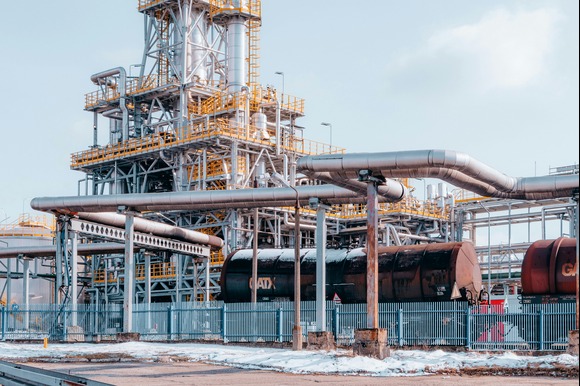
Official White House Photo
Apple has unveiled plans to increase its investment in the United States by another $100 billion (£75 billion), a move that comes amid growing pressure from President Donald Trump. The White House stated that this new funding will primarily be used to encourage U.S. companies to produce more Apple components domestically, adding to the tech giant’s previous $500 billion investment pledge over four years.
This announcement follows direct pressure from President Trump earlier this year when he singled out Apple, warning the company that it could face higher tariffs on its products if it didn’t relocate iPhone manufacturing to the U.S. In response, Apple CEO Tim Cook referenced the company’s earlier commitments and indicated that the company was looking to “do more” as it sought to avoid further tariffs that were expected to target its products.
Analysts noted that any major shifts to Apple’s supply chain would take time to materialize, but the company’s new pledge could help soften the impact of potential tariffs by earning Apple more favorable treatment from the White House. Following the announcement, Apple’s stock surged by more than 4% in morning trading.
The White House framed the latest investment announcement as further evidence that President Trump’s policies were successfully encouraging companies to invest in the U.S. economy. “Today’s announcement with Apple is another win for our manufacturing industry and will also help reshore the production of critical components, which is key to protecting America’s economic and national security,” said a White House spokesperson. Historically, Apple has relied heavily on Chinese manufacturers to produce the majority of its products.
During Trump’s first term, Apple was able to avoid tariffs by agreeing to make more investments in the U.S., a strategy that was coordinated with the White House. However, the company has faced new challenges since Trump reignited a tariff war in January, imposing a 30% levy on Chinese-made goods, which affected Apple’s supply chain.
To counter the impact of the tariffs, Apple has been adjusting its production strategies, moving much of its sourcing and manufacturing to India and Vietnam—countries with lower tariffs on exports to the U.S. Despite these changes, Apple still paid more than $800 million in new border taxes on its products between April and June, driven by Trump’s global tariff measures. Apple is also preparing for an additional $1.1 billion in tariff payments in the coming months, despite some tariff exemptions granted to certain electronic products in April.
With tariffs on goods from India set to increase to 50%, Apple faces growing concerns about the impact on its supply chain. Furthermore, the company is bracing for the possibility of new tariffs targeting the semiconductor industry, a sector crucial to Apple’s operations.
Tim Cook, who personally contributed $1 million to Trump’s inaugural committee, is expected to make the formal announcement at the White House on Wednesday. During a recent call with investors, Cook emphasized Apple’s ongoing commitment to the U.S. and its strategy of collaborating with third-party companies to make investments. He highlighted Apple’s previous initiatives, such as the launch of a “manufacturing academy” in Michigan and a $500 million investment in MP Materials, which is working to boost rare earth production within the U.S. The U.S. government has also taken a stake in MP Materials and agreed to a minimum price for its output.
Since returning to office, President Trump has repeatedly highlighted the significant investments from major companies like Apple, though analysts have questioned the veracity of some of the figures presented, with no clear evidence of a broader trend in the corporate world.
Paolo Pescatore, founder of PP Foresight, commended Tim Cook for successfully steering Apple through these “turbulent times,” but noted that it remains uncertain what impact the new investment would have on the various components that make up Apple devices and where those components will be produced. “It’s clear that it’s not feasible to expect all of Apple’s production to be suddenly moved to the U.S. overnight,” Pescatore concluded.




